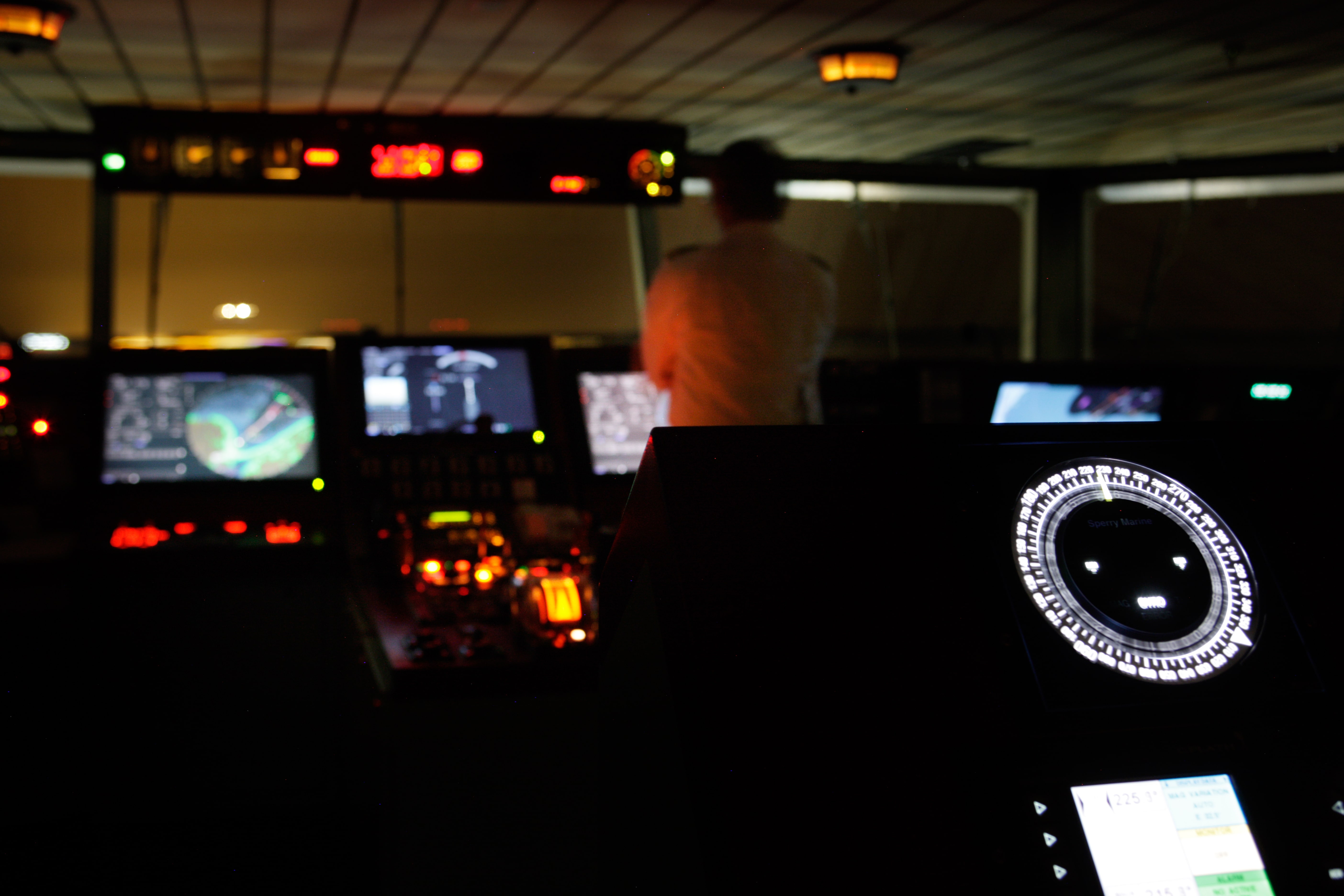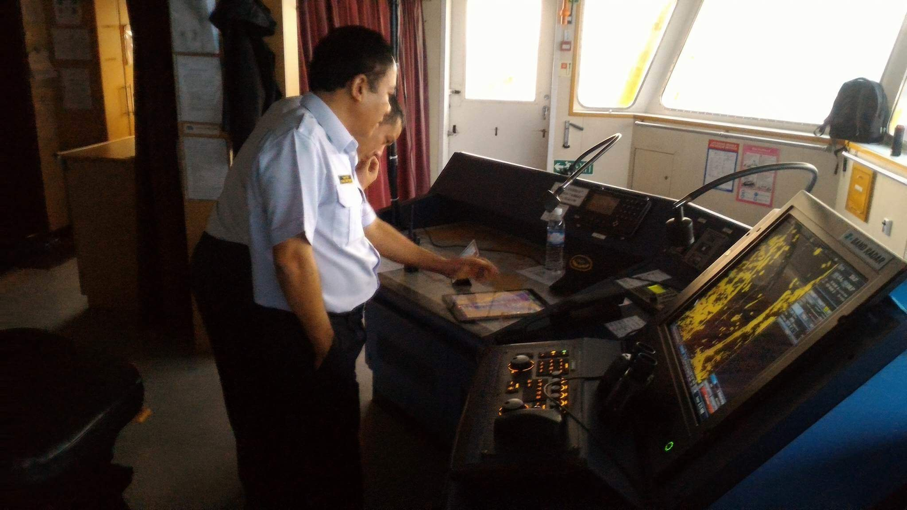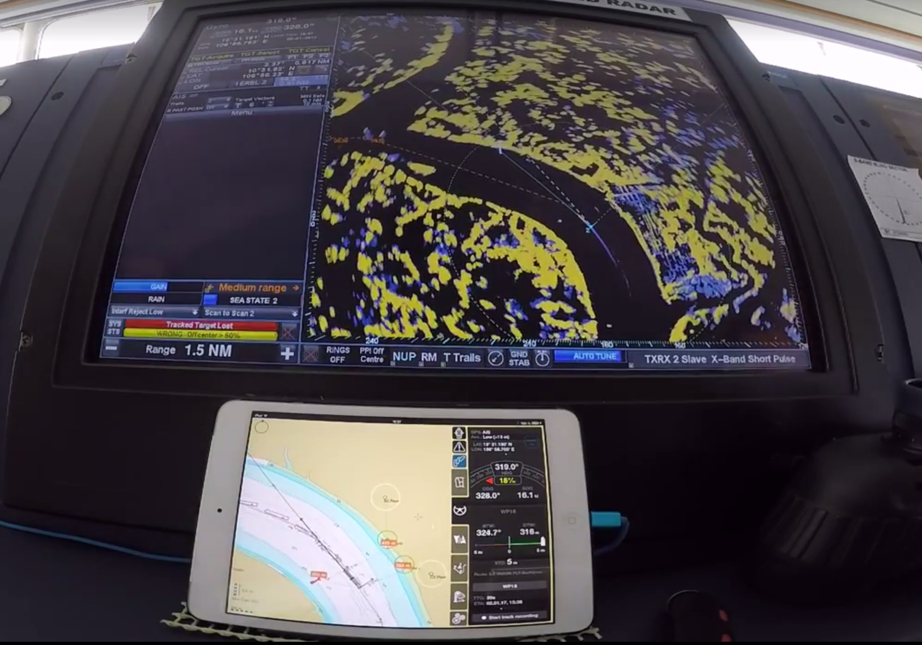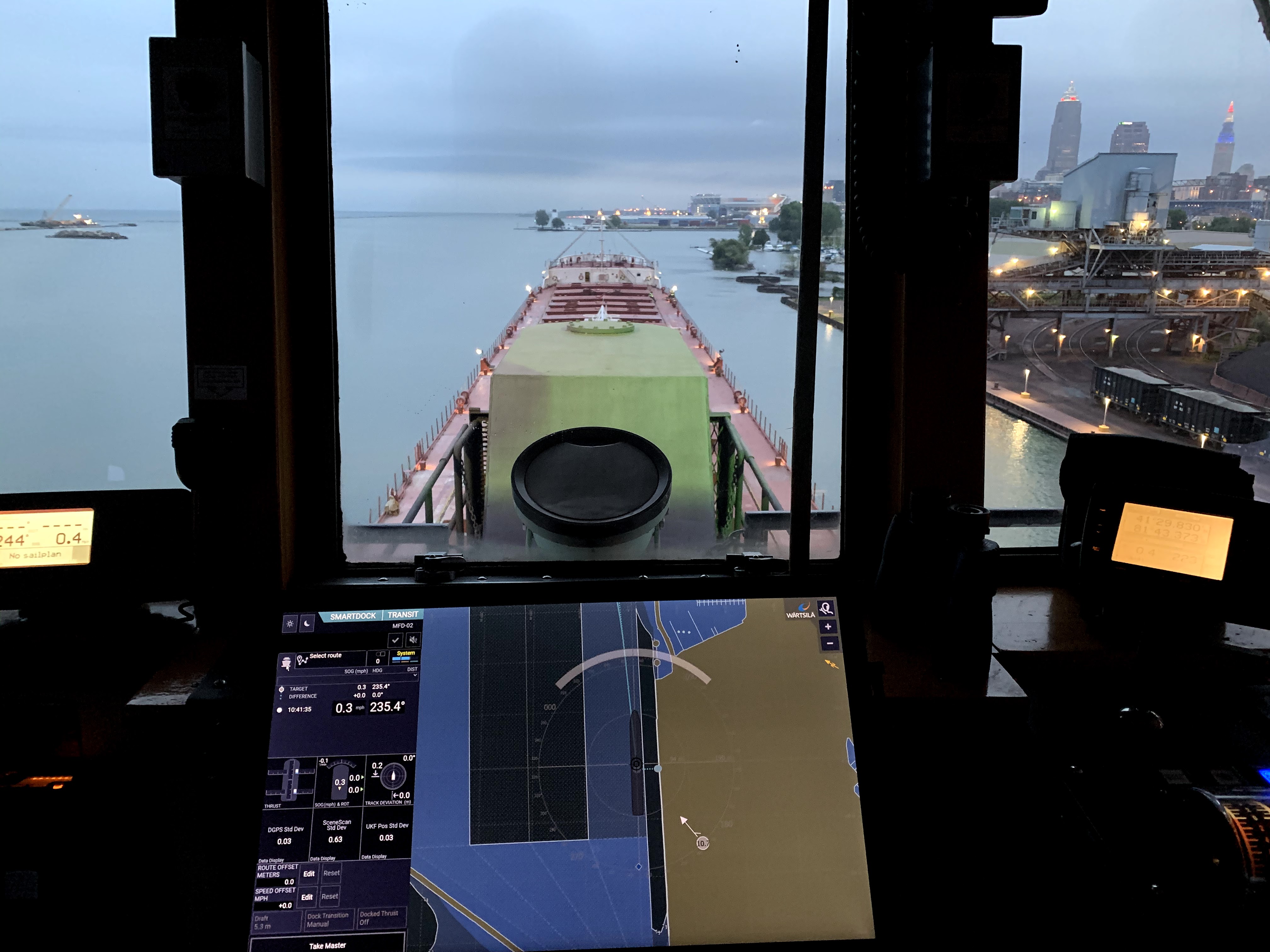
How many people today can use an abacus, pluck a chicken or build a house? Advancing technologies and increasing specialisation mean that the general population inevitably lose certain skills as time passes. But does the same apply to shipping? In a rush to make marine transport more efficient, are seafarers losing vital skills?
How to retain seafarer competencies amid rapid technological evolution is a critical question for ship operators. Wärtsilä Voyage Head of Solution Advisory Daniel Schmode explains how advancing technology has overtaken some of the traditional ways of working on a vessel.
“Back in the old days a captain didn't have electronic charts, a computer or any communication means,” he says. “They had to make decision based on limited information, e.g. facsimile weather report. And own observations. Today a vast amount of information is available, e.g. from satellites, and decisions are much more complex.”
Digital tools such as electronic chart display and information system (ECDIS) and better, more frequent ship-to-shore communications have reshaped that world. Naturally, there are concerns that the new world may mean that seafarers lose some vital skills.

One recent example is the use of ECDIS, a requirement on all IMO-regulated vessels from 2018 (although in practice used widely well before that date). There is little doubt that ECDIS is an invaluable addition to shipping technology, helping navigational
officers to plan routes and maintain situational awareness with accuracy. Could there be a downside to what a London P&I Club report described as “the transition… away from the not-so-distant past where azimuth
sights, sextants, and parallel rulers were the indispensable tools of every navigator”?
Over-reliance concerns
A recent paper in TransNav, a journal dedicated to navigation research, sums up some of the concerns. “The false impression of technology infallibility connected with poor situational awareness and erosion of basic navigational skills have the potential to cause an error and lead to ECDIS assisted accidents. [Watch officers] oriented to the ECDIS display, relying entirely on technology and neglecting visual observation through the bridge window is undoubtedly a serious problem.”
In other words, over-reliance is a concern when using technology. Another recent study, carried out by the UK and Danish maritime accident investigation authorities, interviewed 155 ECDIS users from 31 ship types. The researchers found that while users overwhelmingly saw ECDIS as a contributor to safe navigation, the “paper chart-based navigational knowledge and skills [of crew] are eroding, which is reducing their ability to act effectively as a backup to the ECDIS.”
Of course, that potential issue must be weighed against the dramatic improvements in safety that ECDIS has driven. Another recent study of ECDIS users highlighted the main contributions to safe navigation. “Users identified the ECDIS’ main contributions to safe navigation as the reduction in workload and the increase in situational awareness resulting from real-time positioning. ECDIS’ reliability and the integration of ECDIS with other navigational systems were also seen as benefits.”
Schmöde, like the authors of the above reports, does not believe that increasing use of technology necessarily limits the ‘traditional’ seafaring skills of its users. Deskilling is a problem to be avoided, and the answer lies in careful
design of the interaction between seafarer and the system.
Simplifying the process
“While it is true that technologies are getting more and more complex, our contribution to these systems is to make them more and more simple to use,” says Schmode.
For example, our voyage planning solution Navi-Planner pulls lots of processes together, plotting the route, downloading the chart, downloading the weather, all through one button. In the past this was a very manual process.
- Daniel Schmode, Head of Solution Advisory, Wärtsilä Voyage
This simplification and integration of tasks does not take the core navigational role away from the crew. Rather it makes it easier for them to use their skills in an environment where their time is highly pressured. The role of the navigational officer is becoming increasingly dominated by bureaucracy, whether it is reporting for regulatory or charter party compliance, or answering emails to handle operational issues. Any streamlining of tasks gives crew more time to focus on their core navigational duties.

Wärtsilä Voyage’s integrated navigation system, Fleet Operations Solution (FOS), is centred around the Navi-Planner ECDIS station and is designed to make life even easier for crew as well as delivering business benefits to shoreside management. As well as cutting down on the amount of time needed for planning and updating the route, it includes a ship-to-shore connection that enables shore operators to assist with navigation. The SmartLog application also reduces the burden faced by ship crew in various levels of reporting, gathering ship data in one place from where it can be accessed for multiple uses. Moreover, FOS enhances safety and efficiency onboard with situational awareness, decision support and docking aid via another application – BridgeMate. The app helps to get a smart extra back-up bridge station in case of emergency, enhance safety with navigational hazards warnings and consult the berthing assistant on wings without any stationary conning display.

Another concern of advancing technology is that traditional seafarer roles will be automated or brought onshore. Schmode explains: “Many of the big liners have teams of qualified people onshore offering advice to all their vessels. The captain rarely makes a decision about changing course or speed without consulting the fleet centres. This makes sense – the shoreside operators have great experience as they see hundreds of voyages – but it means the crew onboard are practicing their own route optimisation skills less.”
The removal of core navigational planning tasks from the seafarer is one of the biggest issues around increasing shore support and, further in the future, vessel autonomy. For Wärtsilä Voyage, the crew onboard ships will retain a crucial role regardless of shore control and autonomy level.
Systems are designed to support this role, not downplay it. Regardless of shoreside expertise, the crew onboard need to be capable of making the right navigational decisions. Retaining and reinforcing those skills is critical
to retaining safety amid the technology transition ahead. Wärtsilä FOS enables this collaboration by providing digital exchange platform. On top it gives the shore site experts a mirror of the onboard navigation system featuring
same data sources.
Crew-driven autonomy
Wärtsilä Voyage’s approach to Smart Autonomy underlines this approach. Autonomy is not an ‘all-or-nothing’ objective but can be built up depending on what is needed for each vessel. Always, the focus should be on helping the crew, whether by boosting their situational awareness, helping them to analyse and predict safe routing or aiding them with complex control.

The deployment of Wärtsilä Voyage’s Smart Move suite of solutions on Great Lakes bulk carrier ASC American Courage is a case in point. The vessel, operated, by Rand-ASC, shuttles iron ore between Lake Erie in the US and a steel mill that lies six kilometres down a winding river. The use of control and situational awareness systems has helped the company to perform dock-to-dock autonomous operations. But the goal is not to replace the crew, explains Wärtsilä Voyage Senior Business Development Manager, Automation & DP - Americas, John J Marshall.
Advanced decision support brings value because it can automate the repetitive tasks, such as docking on repeated itineraries. This allows the operator to focus their bandwidth on the parts of the operation which require attention from the astute human, such as the unforeseen circumstances where judgement trumps adherence of established software rules.
- John J Marshall, Senior Business Development Manager, Automation & DP - Americas, Wärtsilä
Seafarers have always been and will continue to be the ultimate guardians of safe navigation. The digital technologies being deployed today and in the future are designed not to replace them, but to support them in making shipping even safer.





.tmb-448x262.jpg?Status=Master&Culture=en&sfvrsn=10a78c44_1)

